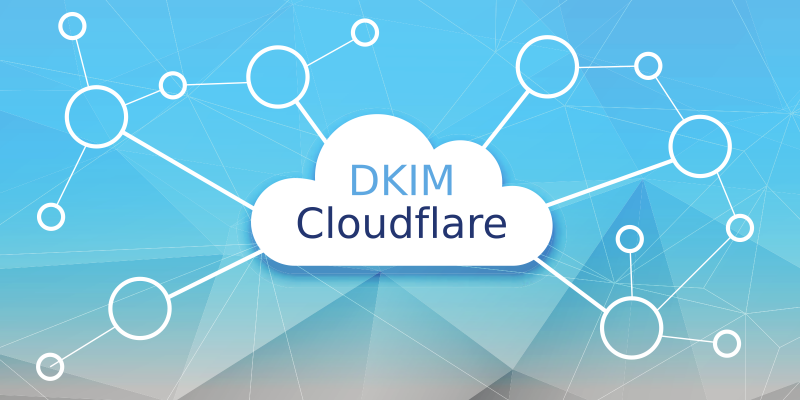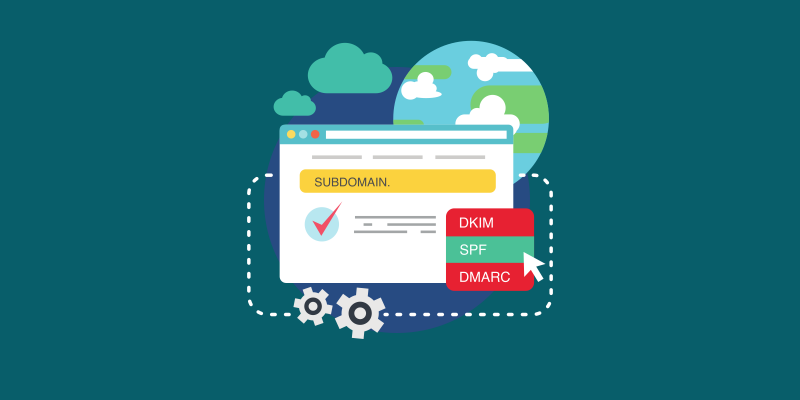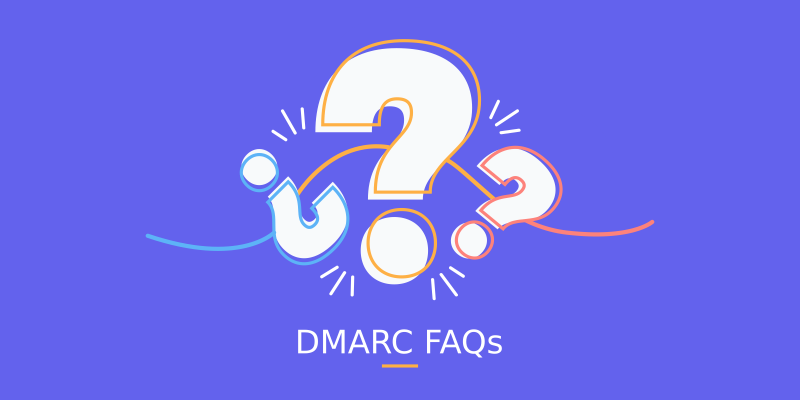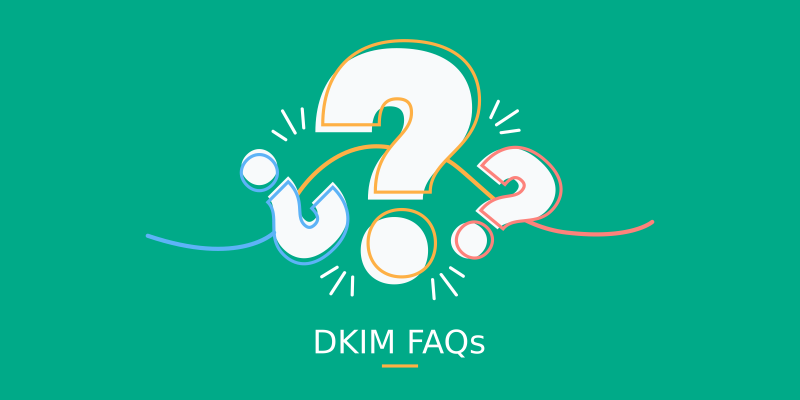
This post provides step-by-step instructions on how to add a DKIM record in CloudFlare.
About DKIM recordsFirst of all, a DKIM record is a TXT or CNAME record published in the DNS on your domain, under _(selector).domainkey.yourdomain.com, where “yourdomain…

We will go over how SPF works with subdomains in this article.
How SPF policy discovery worksAs discussed in the How DMARC Works With Subdomains post, not all subdomains need to publish a DMARC record, if the organizational domain already has one…

A DMARC record lies at the center of every DMARC implementation, bearing crucial importance for the ultimate success of the implementation. In this post, we are going to take a deep dive into DMARC records.
What is a DMARC record?A DMARC record is a TXT record published in the DNS on your domai…

What is DMARC?
DMARC, short for Domain-based Message Authentication, Reporting & Conformance, is an email authentication protocol to check if an email message really originates from where it claims to have, based on SPF and DKIM. In addition to email authentication, it also adds reporting capabi…

DMARC aggregate reports are files in the XML format containing aggregate email authentication information sent by Email Service Providers (ESP) like Gmail, Office 365, Yahoo Mail, etc. periodically to recipients designated by domain owners…

What is DKIM?
DKIM, which stands for DomainKeys Identified Mail, is an email authentication method designed to detect forged header fields and content in emails. DKIM enables the receiver to check if email headers and content have been altered in transit…
